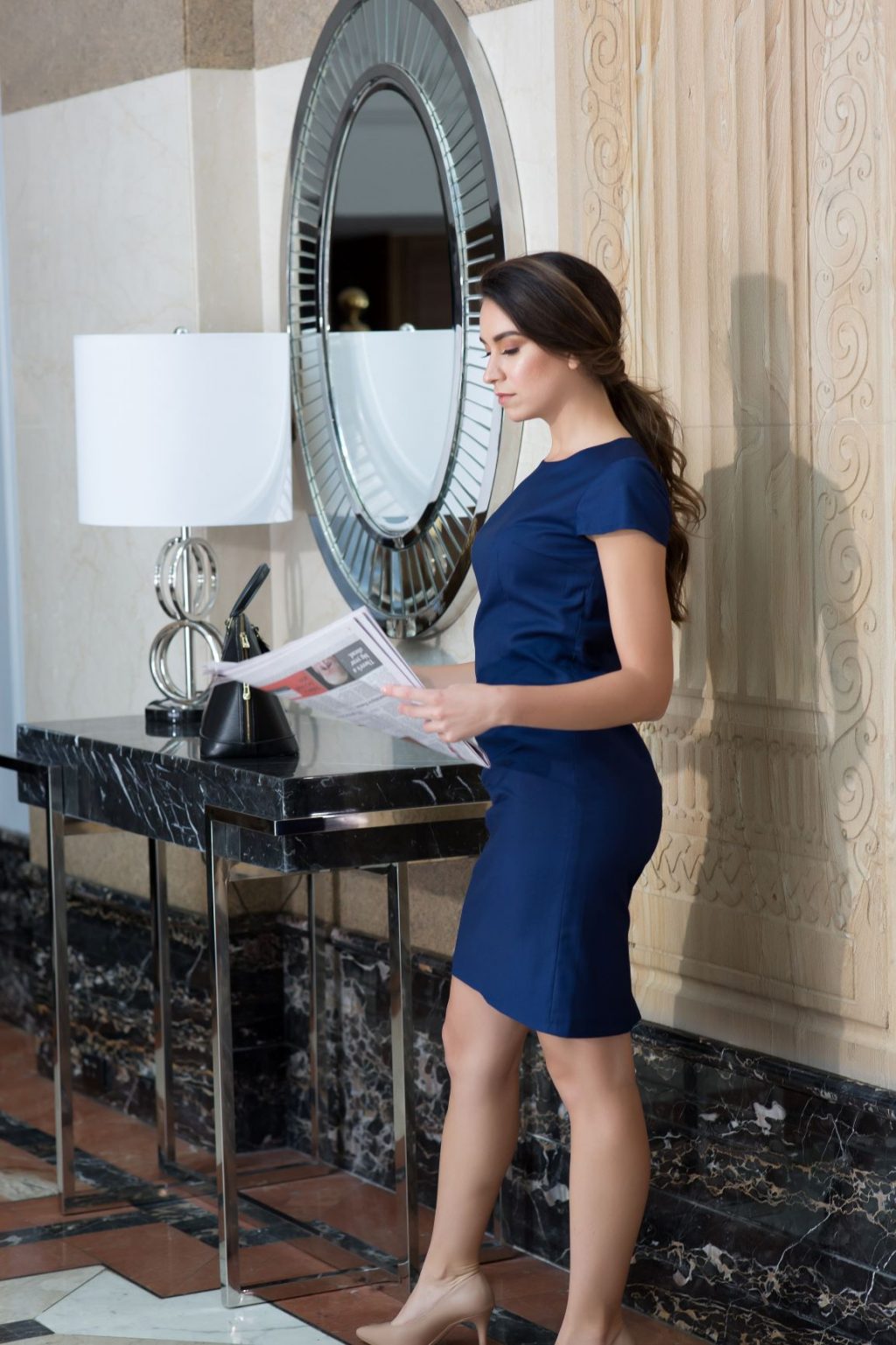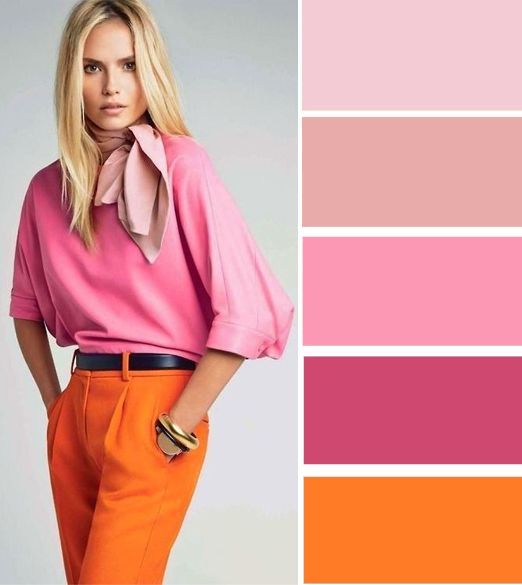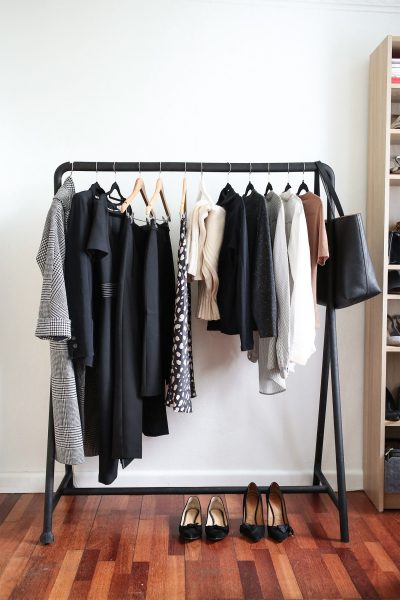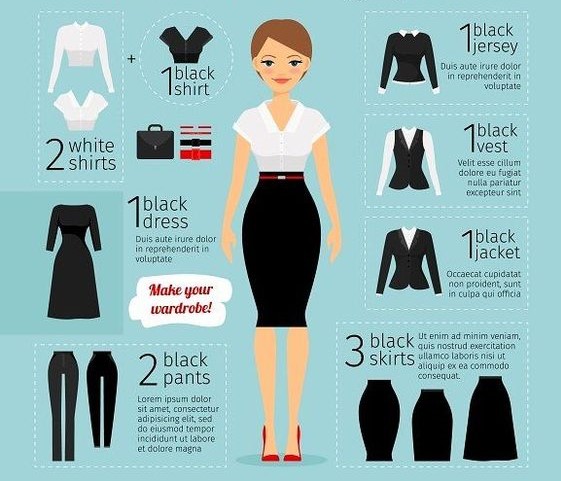Corporate uniforms have come a long way in the past decade or so with more companies choosing to keep their staff fashion in check. We’re not just talking about big-budget enterprises. Even small and medium-sized businesses are choosing to keep their brand consistent at all touchpoints. When we ask our clients why they’re taking on a new uniform project – the number one answer is to keep the dress code under control and as part of their branding strategy.
One member of our tribe David once noted when they were about to refresh their corporate uniforms. “Our business seems to have improved since having a uniform for the past year. I can’t really put it down to one thing in particular, but I am quite certain the staff are performing better as a result of their improved presentation, and in turn seem to be more proficient and maintaining this level of professionalism every day.” When further asked if the staff all personally like their uniforms he explained, “most were hesitant at first, but once they were given a dress code to go with it and began wearing them each day, they could see not only how great it looked. They also realised how much easier it was every day maintaining their work wardrobe. It really is one of those things I wished I took on much earlier. My team and I are really excited to update the uniform design now which I will do on an annual basis.”
If your staff interact face to face with clients on a daily basis, and they are all very different in their sense of style, it gets difficult to manage the dress codes daily. The way to keep up with style in the workplace is with modern corporate uniforms. Here are some very useful tips in implementing stylish and successful corporate uniforms:
Create your corporate uniform colour palette
Most brands are recognisable not only by their logo but by their colour. Some companies already have a branding colour palette created especially for their brand which everything ‘branding’ must strictly stick with. Others may simply have one or two colours in their logo they consider ‘their colours.’ In clothing, however, exclusively wearing all branded colours may not be ideal so it is important to get this right. Good colour palettes are flexible to mix and match with neutrals usually required in a wardrobe. For example, not a lot of people would suit wearing all red and blue from top to bottom. The nature of the business is also very important in choosing this palette. Colours communicate different messages about your company culture. The tones should be flattering on people and adaptable in creating a uniform wardrobe within that palette to look-good any way you choose to coordinate them in an outfit.
Image source www.gracekelly.com.br
Wear the right styles for your role
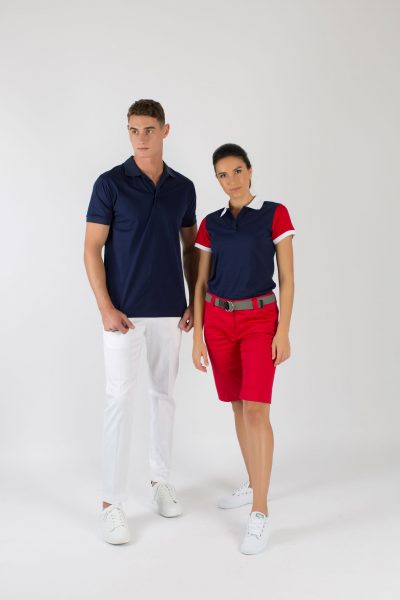
There’s no point looking great in a uniform that isn’t practical for your daily activities. Corporate uniforms are not always about wearing business suits and shirts. Taking your work fashion up a notch could mean simply wearing some good quality branded t-shirts or polos and cotton chinos. While a corporate office would require staff to the strict corporate attire, a hotel employee that runs around all day may need the right comfort pieces that allow him to do that swiftly. Many workplaces are choosing to keep their dress code in check by relaxing the look to be more flexible. It’s quality of clothing and consistent colours that tie them in together to look like a professional team. Not only that with smaller sized businesses staff roles can be varied so an all-rounder should have the choice to pick and choose from a selection of pieces to look sharp for a client meeting one day and be dressed appropriately for stocktake the next.
Have choice
The idea of a uniform should not be for everyone to look identical and wear the same thing every day. It’s about creating a wardrobe for your team to choose from. This ‘wardrobe’ is what we would refer to as a corporate uniform – not just one outfit. Most people love fashion and variety, so the way to keep everyone excited about the new uniform is to have a range of options for them to select their own corporate uniform wardrobe from. The uniform project is about designing these pieces in a way the team all look unified in any given outfit they choose. If the nature of your business is quite casual, it’s still nice to include some dressier pieces in there for some days. Women especially like to dress up at work when it’s ideal. A great way to allow this might be in a shirt dress. They are the ultimate comfort dress and can be dressed up and down and are practical for very active roles. Also, consider the cooler months too. Outerwear can tend to look more casual but if designed and matched to the rest of the uniform right looks super cool while keeping you warm.
Image source: https://www.mademois-elle.com/the-15-item-work-wardrobe-autumn-winter-edition/
Create a dress policy around your uniform
Keeping it classy still requires more than a uniform wardrobe. However, once a uniform is in place people tend to follow the dress code better. This is one of the biggest drawcards of having corporate uniforms. Address things including casual Friday, decide if pieces can be worn with their own items, if so then wearing that style needs to be defined. How the uniform should be worn – jewellery, hair, shoes and other accessories. Also clearly outline how you may refer them to be presented for important client meetings or any other significant events.
Image source: thelifehunt.com
Implementing such a big change that works towards the presentation your team and your branding strategy is a positive step in the right direction that should reflect on your business and you should see results! The idea of such change is for your team to look good enough for a group photograph and be easily identifiable as the crew representing the brand they work for. Many other competing brands will have to keep up. You’ll be surprised by the domino effect corporate uniforms can have on business performance.

